5 of the most iconic queer heroes from history who deserve their own statues immediately
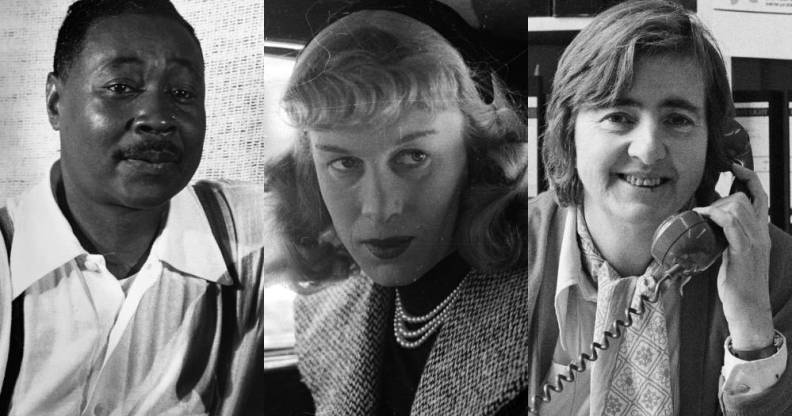
Claude McKay, Roberta Cowell and Maureen Culquhoun all have an important place in British history. (Getty)
Claude McKay, Roberta Cowell and Maureen Culquhoun all have an important place in British history. (Getty)
As Britain continues to debate its catalogue of statues depicting white cis straight men, here are five queer heroes we’d like to see in bronze.
Oxford University’s Oriel College announced Wednesday (June 17) that it will remove a controversial statue of Cecil Rhodes, who helped colonise large swathes of Africa.
It comes after a statue of slave trader Edward Colston was toppled by anti-racism protesters in Bristol on June 7, a move which has sparked a nationwide conversation about statues commemorating figures complicit in the oppression of Black people.
Despite many Black Lives Matter supporters insisting that the removal of racist statues is far from a priority in the face of ongoing police brutality and entrenched inequalities, the debate continues to rage.
Prime minister Boris Johnson (who famously referred to Black Africans as “piccanninies” with “watermelon smiles” in 2012) waded in with a blustering column defending a bronze of his personal hero, Winston Churchill.
He said that statues like that of the wartime PM — recently defaced to read “Churchill was a racist” — “teach us about our past”.
Despite his efforts, it seems likely that plinths up and down the nation will soon find themselves empty. Meaning there might finally be space for Britain to celebrate its LGBT+ history.
Here, we’ve chosen five queer icons from British history, spanning the worlds of politics, sport, science, the military and the arts.
1. Sophia Jex-Blake.
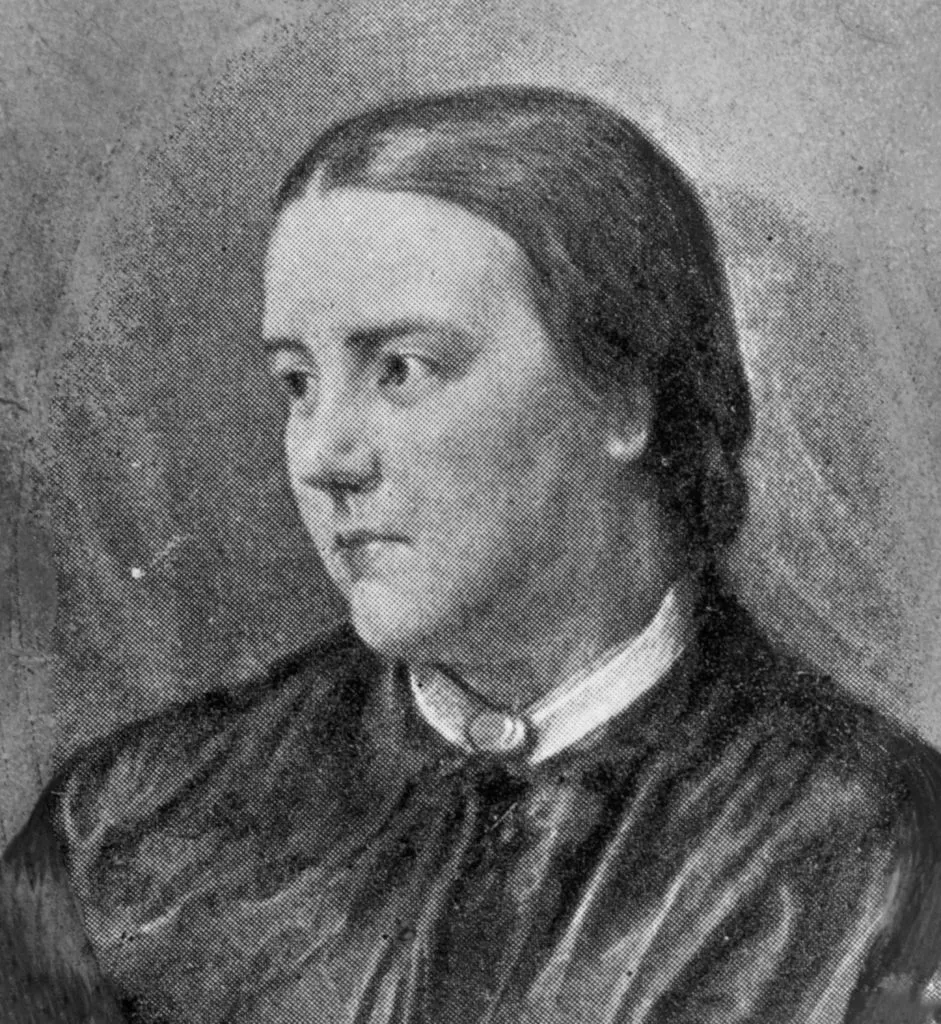
English doctor, teacher and campaigner for medical education for women, Sophia Jex-Blake. (Getty)
Born in Sussex in January 1840, Sophia Jex-Blake was the first practising female doctor in Scotland, and one of the first in the UK.
Having fought her parents for her schooling, Jex-Blake was blocked from attending university. So, she went to the US where she learned more about women’s education. After returning to the UK after the death of her father, she and six other women successfully lobbied Edinburgh University to admit them – though they refused to let her graduate at the end of her studies.
Jex-Blake eventually qualified as a doctor in Switzerland and enjoyed a lengthy career in medicine, was involved in the founding of two medical schools for women. At one of these she met her partner Dr Margaret Todd, who she lived with until her death in 1912.
2. Claude McKay.
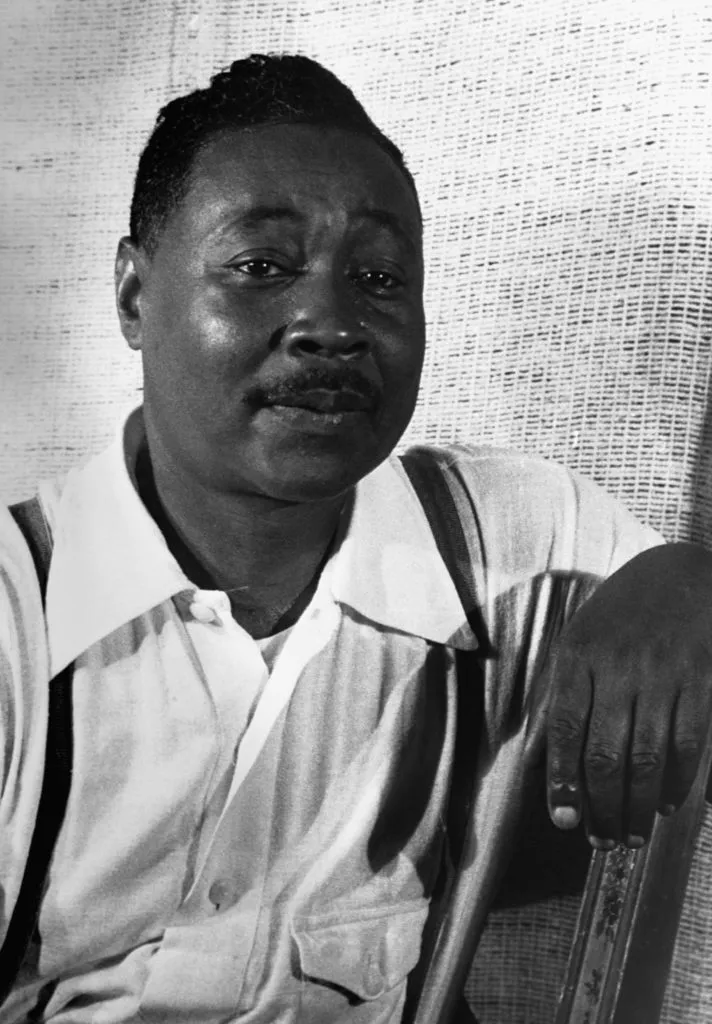
Claude McKay (1890-1948), Britain’s first Black news reporter. (Getty)
Born in 1889, in colonial-era Jamaica, Claude McKay was a writer and poet who became Britain’s first Black newspaper reporter in 1919.
A committed socialist, he was invited by Sylvia Pankhurst to write for her Workers’ Dreadnought. Among his most notable works was an impassioned response to a racist article that had appeared in The Daily Herald – a precursor to The Sun – and a poem entitled “If We Must Die” which called for Black people to resist racism and white supremacy, written during the Harlem Renaissance.
Though he never came out, it is thought McKay had relationships with men and women, and many of his poems carry queer subtext.
3. Roberta Cowell.
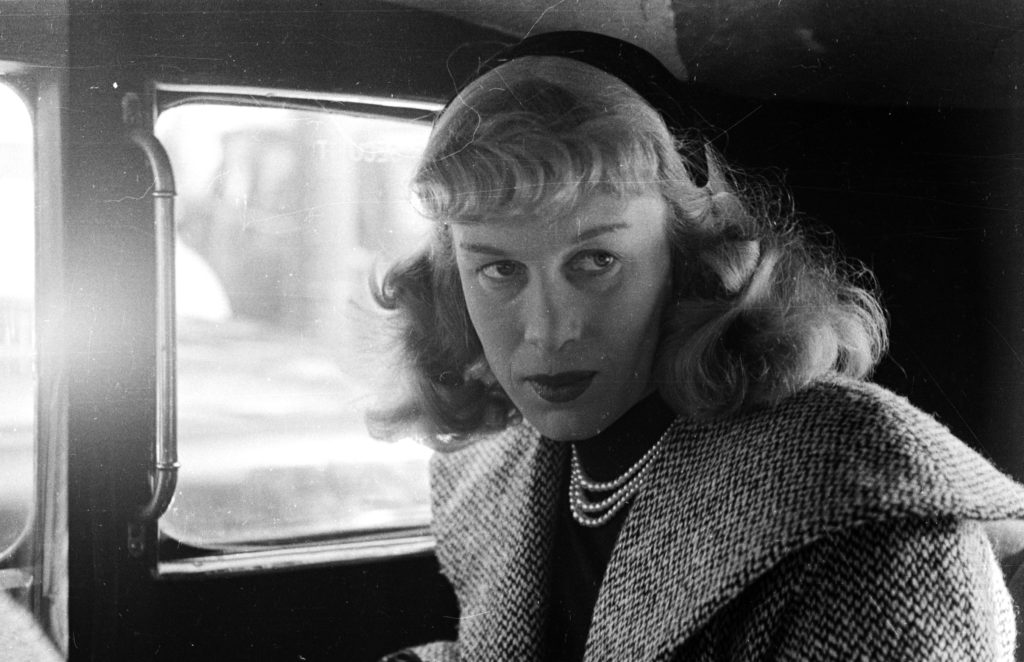
Roberta Cowell was a Spitfire pilot and a racing driver. (Getty)
Roberta Cowell was a hero of the Second World War: a racing driver turned Spitfire pilot who survived being imprisoned in a Nazi camp.
After the war, Cowell – born in Croydon in April 1918 – returned to the race track. In private, she was grappling with her gender identity, and towards the end the 1940s came out as a trans woman. She later became the first person in the UK to undergo gender-affirming surgery which enabled her to change the gender marker on her birth certificate.
In 1954 she shared her story with the public and became a sensation. Her later years were marred by discrimination, and Cowell herself made disparaging remarks about other trans people – asserting that she was intersex, which set her apart from others. Despite this, there’s no denying she was a pioneer.
4. Justin Fashanu.
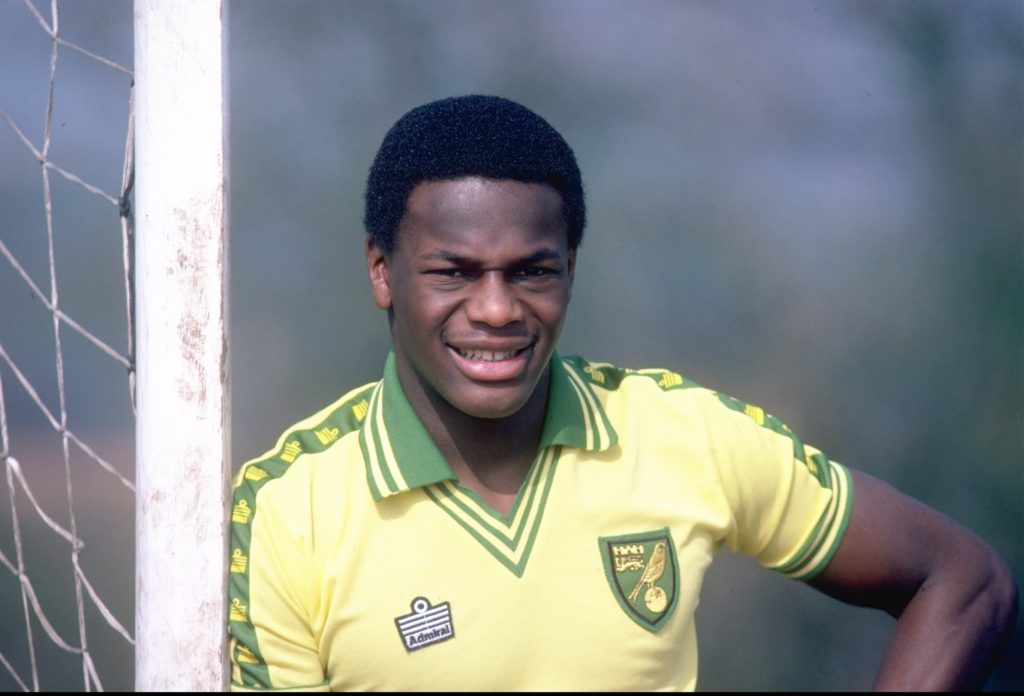
Justin Fashanu of Norwich City. (Allsport UK /Allsport/Getty Images)
Justin Fashanu had the double honour of being both the world’s first £1 million Black footballer and Britain’s first openly gay footballer.
Born in Hackney, London in 1961, Fashanu and his brother John grew up with white foster parents in Norfolk, where they were the only Black kids in town and would be beaten by racists.
By the end of his teenage years Fashanu was signed to Norwich City, and went on to enjoy a dazzling early career. But his sexuality caused tensions behind closed doors, curtailing what should have been a lengthy run at the top level of the sport.
He came out as gay in 1990, effectively ending his career. Eight years later he died by suicide, having suffered homophobic bullying and tabloid harassment. He remains the only major British male footballer to have come out.
5. Maureen Colquhoun.
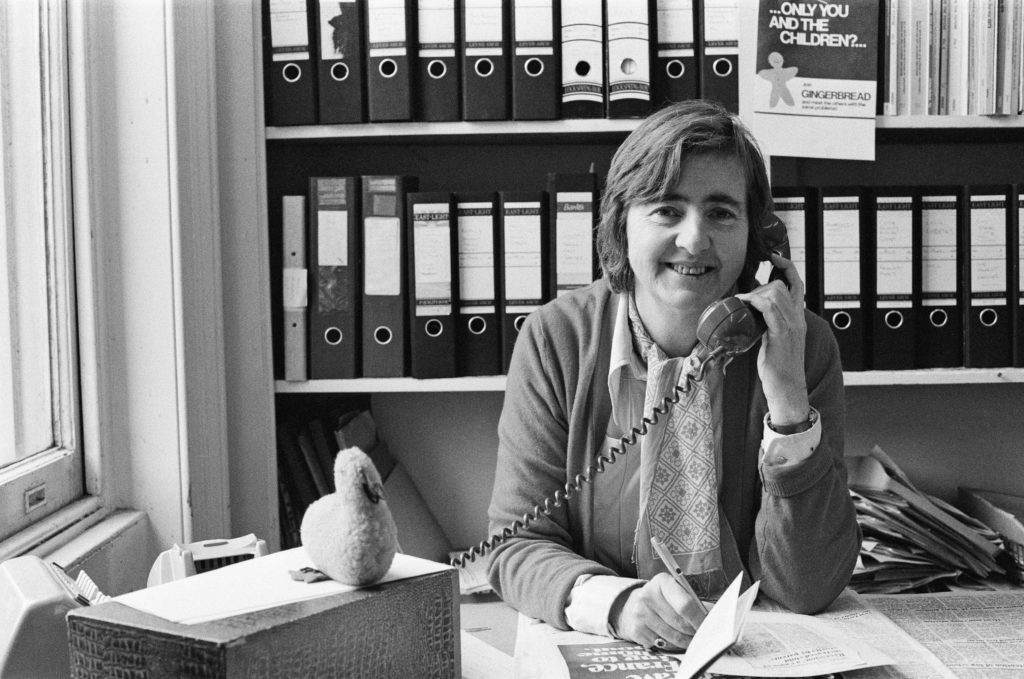
Maureen Colquhoun, a British Economist and former Labour MP for Northampton. (Getty)
In 1974 Maureen Colquhoun was elected to the House of Commons. An economist and proud feminist, she emerged as a leading voice for women’s rights, challenging misogyny and discriminatory practices which prevented women from having an active participation in public life.
In 1976 it became public knowledge that Colquhoun was in a relationship with Barbara ‘Babs’ Todd, publisher of the lesbian magazine Sappho. This made Colquhoun Britain’s first out lesbian MP – but the following year she was deselected, a result local party officials denied had anything to do with her sexuality, to the suspicions of many.
After appeal she remained on as MP, until she lost her seat in the 1979 election. Before leaving parliament, she introduced a bill designed to protect sex workers, bringing 50 female workers in to the committee room for its first reading. She continued to work in politics until 2015, and remained with Todd until February 2020, when Todd passed away.

